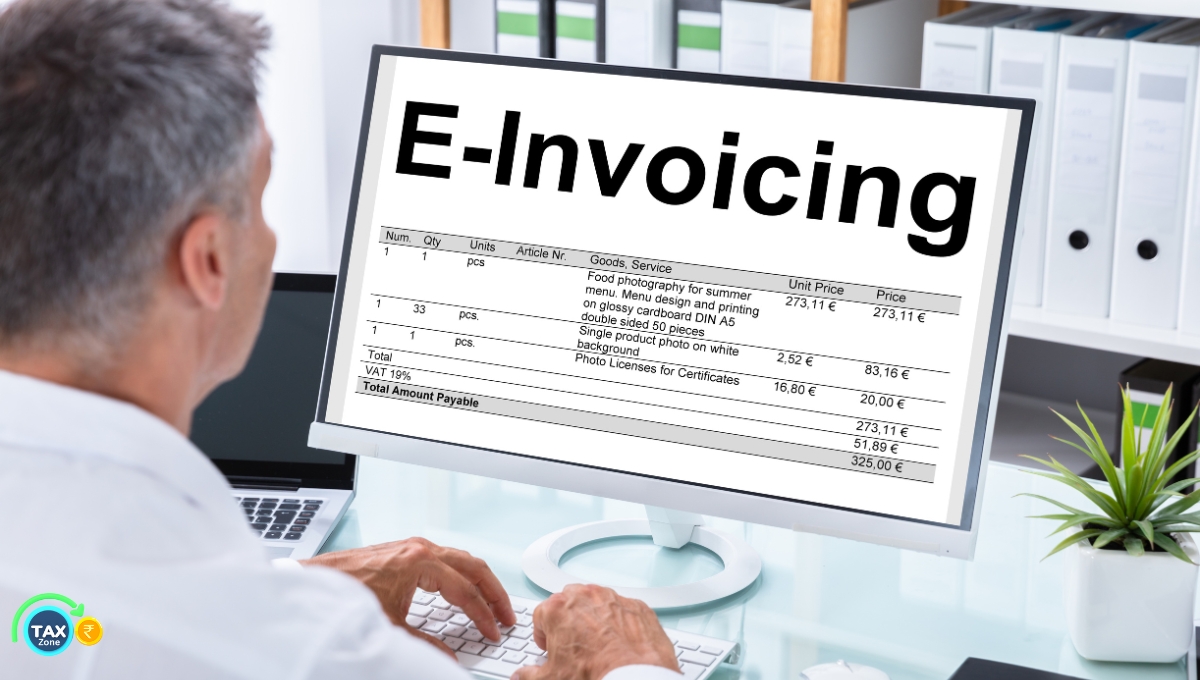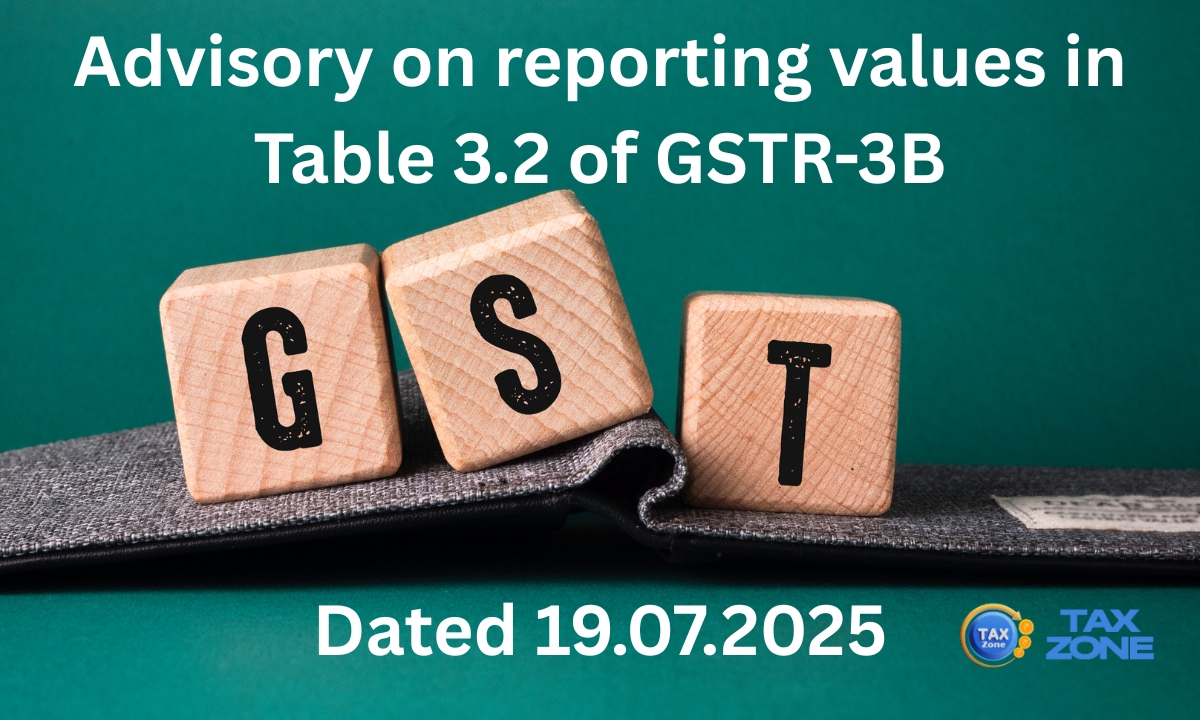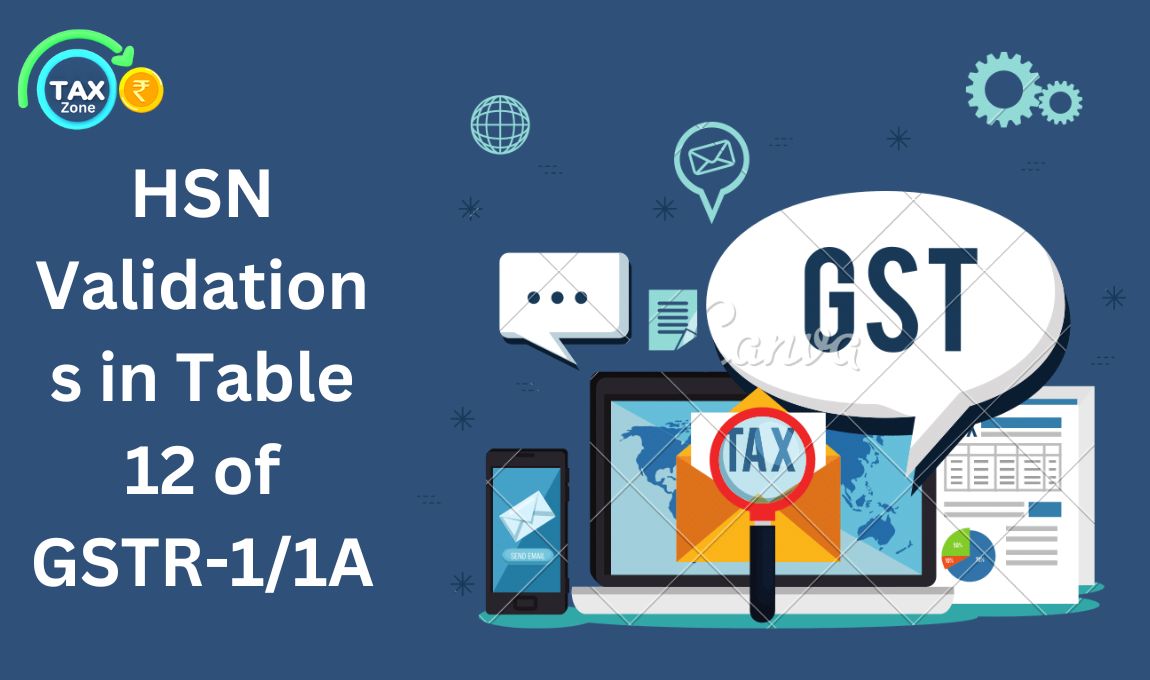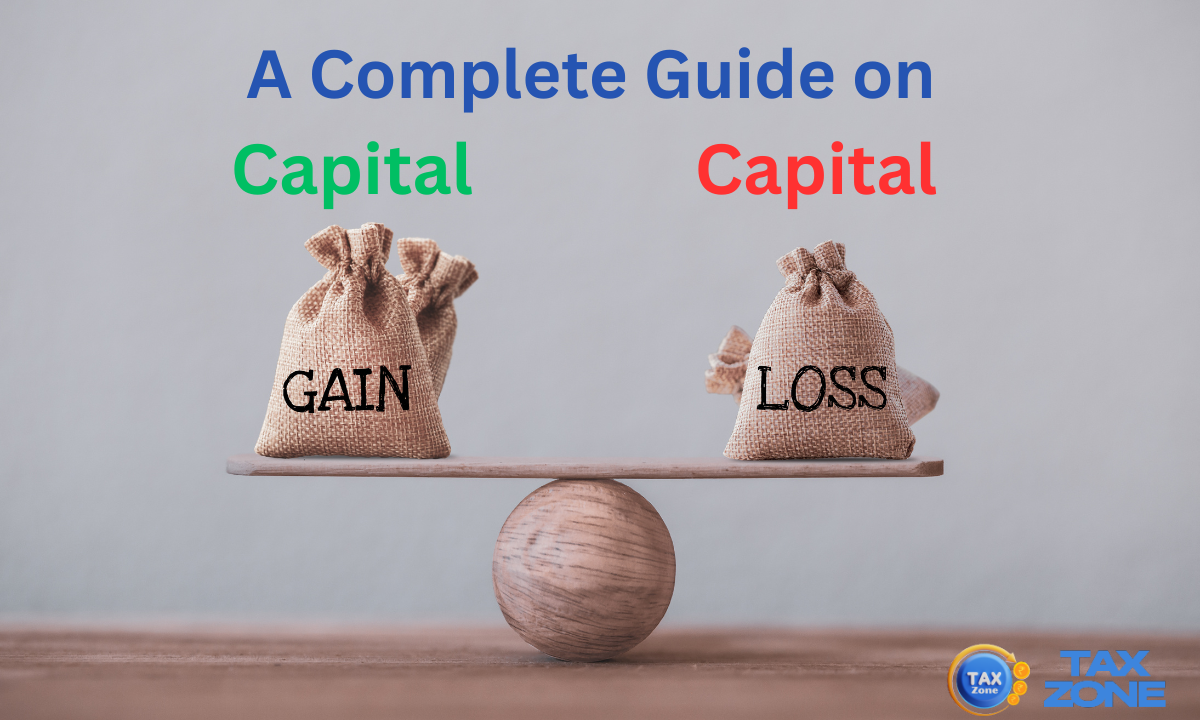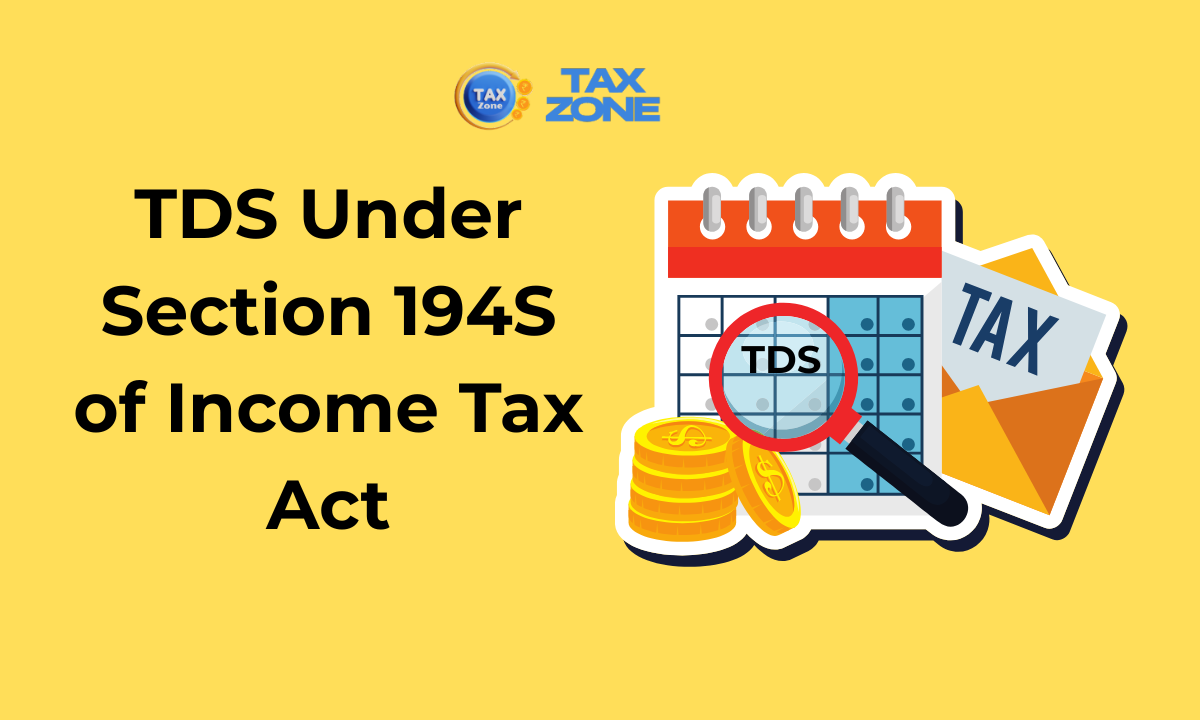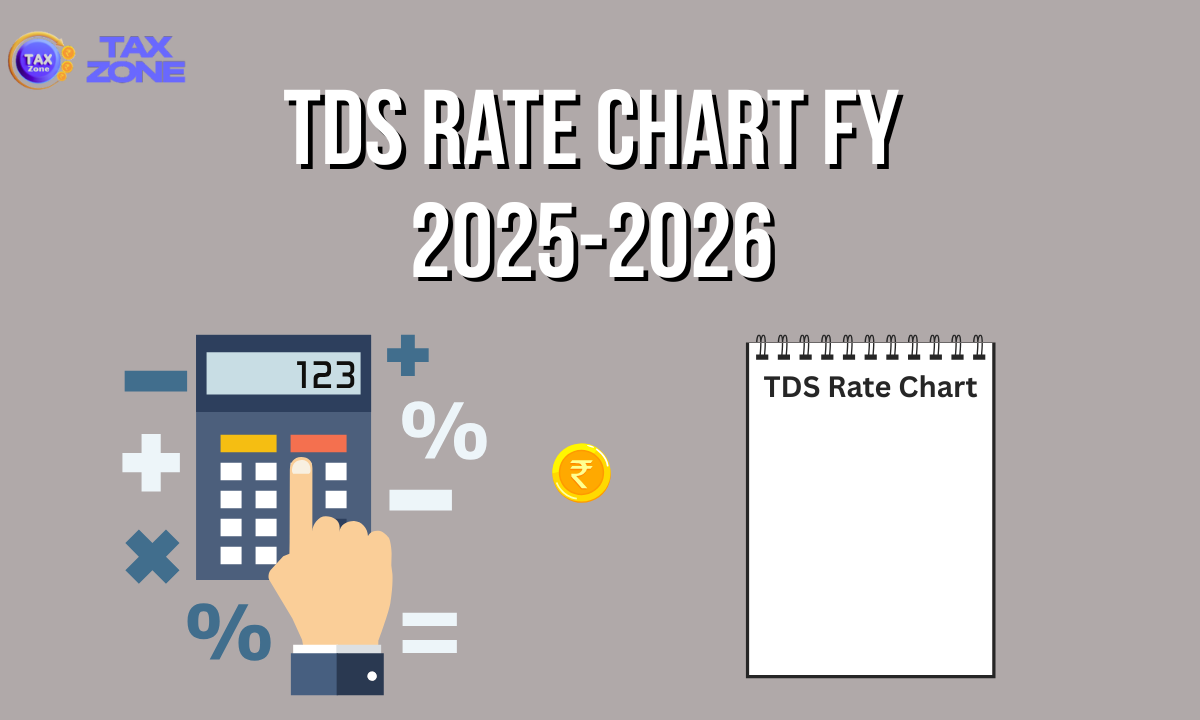The Goods and Services Tax Network (GSTN) has announced a crucial update to the e-Invoicing requirements for businesses with an Annual Aggregate Turnover (AATO) of 10 crores or above. Effective from April 1, 2025, a new time limit of 30 days will apply for reporting e-Invoices on the Invoice Registration Portal (IRP) for such taxpayers. This advisory outlines the changes, deadlines, and compliance implications.
1. Background and Overview
Previously, on September 13, 2023, the GSTN introduced a time limit for e-Invoice reporting for taxpayers with an AATO of 100 crores and above, requiring them to submit e-Invoices within 30 days of the transaction date. This compliance requirement has now been extended to include businesses with a lower AATO threshold, expanding its scope and reinforcing the need for timely e-Invoice reporting.
Effective Date: April 1, 2025
New AATO Threshold: 10 Crores and Above
2. What This Means for Taxpayers
From April 1, 2025, taxpayers with an AATO of 10 crores and above must adhere to a strict 30-day reporting window for submitting e-Invoices, Credit Notes, and Debit Notes on IRP portals. Transactions older than 30 days from the invoice date cannot be reported after the 30-day period has lapsed. This time frame applies to all document types requiring an Invoice Reference Number (IRN).
3. Practical Example for Compliance
To clarify the new time limit, here’s an example:
- Invoice Date: April 1, 2025
- Final Reporting Date: April 30, 2025
Any attempt to report this invoice on or after May 1, 2025, would be disallowed by the IRP due to the 30-day time limit. The system will automatically block e-Invoices that exceed the allowed time frame.
Role of Sections 12 and 13 of the GST Act in Timely Reporting
Sections 12 and 13 of the GST Act define the Time of Supply for goods and services, which determines when GST liability arises. Adhering to these provisions helps ensure that the e-Invoices are generated and reported promptly.
- Section 12 (Time of Supply for Goods): This section states that the time of supply is triggered at the earliest of three events: date of issue of the invoice, date of receipt of payment, or date on which goods are made available to the recipient. Timely e-Invoice reporting aligns with this section by ensuring that tax liability is properly recorded in real-time.
- Section 13 (Time of Supply for Services): This section specifies that the time of supply for services is determined by the earliest of three events: date of issuance of invoice, date of receipt of payment, or the completion of the service. The requirement for prompt e-Invoice generation ensures timely compliance with GST reporting and minimizes discrepancies in returns.
4. Key Points to Note
- Who is Affected: The 30-day reporting restriction applies only to taxpayers with an AATO of 10 crores and above. Taxpayers with an AATO below 10 crores are not impacted by this rule.
- Types of Documents Affected: All documents that require an IRN – including Invoices, Credit Notes, and Debit Notes – are subject to the new time limit.
- No Retroactive Reporting: The restriction prevents backdated reporting beyond the 30-day window. Taxpayers must ensure timely compliance to avoid potential issues in their GST filings and invoicing records.
5. Compliance Measures for Affected Businesses
Businesses meeting the 10-crore AATO threshold should implement the following measures to ensure compliance:
- Automate e-Invoice Generation: If not already done, adopt digital solutions for automatic e-Invoice generation. Integrating an automated system can streamline reporting within the 30-day time frame.
- Regular Monitoring: Set up regular checks within your invoicing or ERP systems to review pending e-Invoices and submit them within the reporting period.
- Internal Training: Ensure that the relevant teams are well-trained on the new compliance requirements and understand the importance of prompt e-Invoice reporting.
6. Additional Time for Transition and Compliance
Recognizing the time needed to adapt to this updated requirement, the GSTN has set an implementation date of April 1, 2025. This buffer period offers taxpayers a few months to review and, if necessary, upgrade their processes and systems to align with the 30-day reporting window.
7. Impact of Non-Compliance
Failure to adhere to the 30-day reporting limit may result in:
- Inability to Generate IRN: Without an IRN, the document would not be considered a valid e-Invoice for GST compliance.
- Potential GST Filing Issues: Non-compliant e-Invoices could lead to discrepancies in GST returns, increasing the risk of penalties or delays in input tax credit claims.
Conclusion
The lowering of the AATO threshold to 10 crores marks an important shift in GST compliance requirements, aiming to further streamline the e-Invoicing process and enhance the accuracy of GST reporting. Taxpayers are encouraged to make full use of the transitional period and adopt necessary measures to meet the April 1, 2025, compliance deadline.
